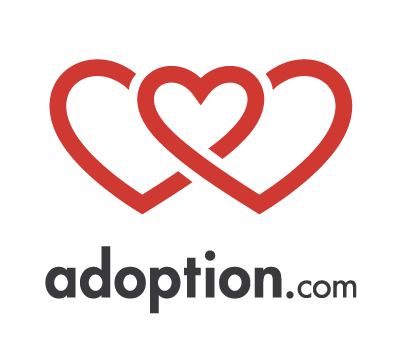What’s TBRI and Why Do Adoptive Families Need It?
I tend to refer to the various certifications and licensing requirements and agency designations to be a foster/adoptive family as alphabet soup: CPS, CYS, CPR, SAMA, CASA, PRIDE and TBRI are a few examples. The number of code words in foster care seems to number in the hundreds sometimes. I want to explain the last one, TBRI, because of all the trainings I received, this was one of the best. Yes, it is fantastic to know I can perform CPR on my kids if they stop breathing or their heart stops beating. I hope to never need that certification. I use bits and pieces of TBRI every day.
So first, what is TBRI? It stands for Trust-Based Relational Intervention. Per TCU’s Karyn Purvis Institute of Child Development website,
“TBRI® is an attachment-based, trauma-informed intervention that is designed to meet the complex needs of vulnerable children. TBRI® uses Empowering Principles to address physical needs, Connecting Principles for attachment needs, and Correcting Principles to disarm fear-based behaviors. While the intervention is based on years of attachment, sensory processing, and neuroscience research, the heartbeat of TBRI® is connection.”
Let’s break that down a little further, shall we? First, what does attachment-based mean?
It means that the foundational research for this method of child intervention is based on attachment theory. Attachment theory deals with relationships and bonds formed in early childhood: mostly the relationship between a caregiver and the child. It states that those relationships will be the foundation from which children will develop relationships with everyone else, and how their worldview will be shaped.
In infancy, if a baby cries, typically the caregiver will respond very quickly to see what is wrong and try to solve the problem. If the caregiver is compromised (drugs, alcohol, mental health disorder, incarceration, neglect, etc.) or the child is in a life-threatening/traumatic event, the baby’s cries aren’t responded to swiftly. Over time, the child will learn either that the caregivers will provide for their needs, or they will learn that caregivers are untrustworthy.
The most poignant and apparent example of attachment disorder is children who have been raised in an orphanage setting where there is not enough care staff or children who were removed ffrom a home by CPS due to neglect. Instead of seeking comfort, often these children will remain silent in their discomfort and fear. Children who are left completely unattended in a crib and allowed to cry without receiving comfort can develop an aversion to caregivers. They will reject others rather than let someone else care for their needs.
So, the point of TBRI is to repair that bond. It is a process of showing a child that adults can be trusted and can take care of their needs. It can be a long, difficult journey to build attachment with children whose attachment may be compromised. The methods may seem like doting or spoiling a child to an outside observer—because the point is very much to not appear threatening. For example, if a child is having difficulty sitting still in class, the child is given a safe way to be active that is non-disruptive to the class.
Sometimes, trauma can create issues for a child such as difficulty regulating emotions. If a child is angry and threatening to hurt themselves or someone else, instead of punishing the child for their outburst, the caregiver helps the child get to a safe place where they can express their feelings and work through them. For example, if my daughter is angry at my other daughter, I may send the angry daughter out to the trampoline to work out some of her big feelings. She’s allowed to stop when she feels less angry. It isn’t a perfect solution, but it does a few things. It helps regulate the stress hormones that are being created. It deescalates the situation, and it gives the child a healthy alternative to swinging her fists at her sister.
There is more alphabet soup involved: HALT—is the child hungry, angry, lonely, or tired? If they are hungry, offer them a small protein-based snack. If they are angry, work through that. Lonely? Spend time working in the same space as them if you can’t devote the time directly to playing with them. Tired? Suggest a quiet activity like reading a book or coloring; make the space inviting to take a nap. Obviously, it isn’t that simple but it’s a place to start.
TBRI suggests weighted items to help a child regulate emotions. Weighted blankets, stuffed animals, vests, ankle weights, etc, have a grounding effect on most people that helps to soothe them. I sleep under a weighted blanket at night and it helps tremendously with my anxiety. I find that I get a deeper sleep which helps me throughout the day. Sometimes, children who were adopted struggle with getting a good night’s sleep because they previously lived in a place they needed to be hypervigilant. The weighted blanket can help with that.
Another major component of TBRI is offering the child a protein-based snack and a glass of water every two hours. This helps them to regain the trust they lost in caregivers. Their brains remember starvation and neglect even if the child can’t. Regularly providing a snack and drink allows them to build trust with the caregiver. Sometimes this can even be written into an IEP (Individualized Education Plan), if worded correctly.
There is so much more to TBRI. If you want to learn more, visit the website and read the plethora of articles dealing with the practice of TBRI. There are several books, two specifically, that are suggested: The Connected Child and The Connected Parent. Both are written by Dr. Karyn Purvis and are available online. Even if you don’t think you need this training, it is worth watching some of the videos that explain attachment theory.








